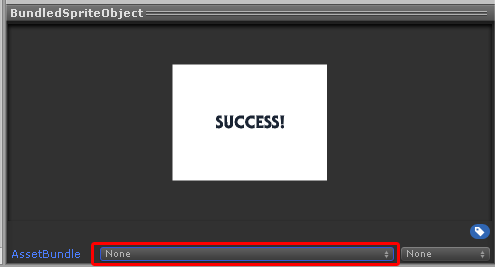
AssetBundles can express dependencies between each other for example, a Material in one AssetBundle can reference a Texture in another AssetBundle. The tables below describe the media format support built into the Android platform.An AssetBundle is an archive file that contains platform-specific non-code Assets (such as Models, Textures, Prefabs, Audio clips, and even entire Scenes) that Unity can load at run time. Where a specific Android platform is specified, the format is available on handsets and tablets YES means the format is available on handhelds and tablets running all Android versions. On form factors other than handsets and tablets, media The format might also be available in earlier Running that version and all later versions.

Note that a particular mobile device might support additionalįormats or file types that are not listed in these tables. In addition, if you use aĭirectly, you can access any of the available media formats regardless of the supported file typesĪnd container formats. Sample rates up to 48 kHz (but up to 44.1 With standard sampling rates from 16 to 48 kHzĩ rates from 6.60 kbit/s to 23.85 kbit/s sampled 16kHz Support for up to 8ch content with standard sampling rates from 8 to 48 kHz MPEG-TS (.ts, not seekable, Android 3.0+).ADTS raw AAC (.aac, decode in Android 3.1+, encode in Android 4.0+, ADIF not supported).Audio support FormatĬontent with standard sampling rates from 8 to 48 kHz. Support for ringtone formats RTTTL/RTX, OTA, and iMelody KHz is recommended on devices with 44.1 kHz output, as the 48 to 44.1 kHzĭownsampler does not include a low-pass filter).

Mono/Stereo 8-320Kbps constant (CBR) or variable bit-rate (VBR)Ĩ- and 16-bit linear PCM (rates up to limit of hardware).

Support for H.263 is optional in Android 7.0+ Rates for raw PCM recordings at 8000, 1600 Hz.


 0 kommentar(er)
0 kommentar(er)
